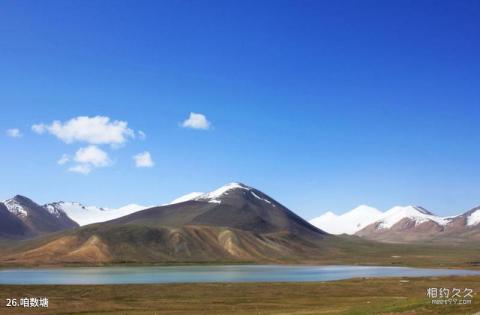
Introduction to Zanshutang: Zanshutang means "Three Roots of Dojo" (in Tibetan Buddhism, guru, deity and emptiness are called the "three roots"). This is an open space washed out by the river. You can have room and board here. At the intersection of Xiaoba, there is a footprint on a stone. The origin is unknown, and people make offerings as usual. The big mountain ridge to the west of our pond is the mandala of the four industries. (The four karma are the four undertakings in Buddhist esoteric law, namely: the method of eliminating disasters, eliminating diseases, disasters, etc.; the method of increasing the dharma, increasing wealth, lifespan, reputation, official status, etc.; the method of loving the dharma, gaining the respect and love of others; the method of punishing Killing method, destroying or even killing enemies and monsters). By worshiping this mandala of four karma, travelers can cultivate the karma and conditions for achieving the four karma. After passing through several ponds, we went down the river and entered the dense primeval forest. The river became very large, fast-flowing, and roaring. Twenty minutes later, there is a small bridge. To the west of the bridge is a pasture point. Pedestrians do not have to cross the river and go straight to the east bank. This place is called "Qu Zongnong". About an hour and a half later, we arrived at Quniga. The people of Cawalong called it "Zhuwajiaoqiu", which means the place where white birches are entwined. The air in the forest is very humid and the roads are muddy due to heavy rainfall throughout the year. Camps can be made under the big trees on the roadside. After walking for forty minutes, a large river flowed down from the Western Mountain and merged into the large river at the foot of the mountain. It is said that this is also a holy river. Most travelers stay and eat here, but they don't know its name.
